With long-running franchises, especially those with a devoted fanbase and a specific and established style, it’s important to set clear expectations. This is especially true for Digimon Survive, which in more ways than one, isn’t the usual kind of Digimon game. First, it eschews its usual RPG format in favor of a visual novel with a side of tactical, turn-based combat. Second, it operates on a vastly different emotional wavelength than the rest of the series. It’s darker by a wide margin, functioning as something between a teen mystery and a horror story, and pulling none of its thematic punches.
A rich tapestry

The visual novel sections serve to highlight Digimon Survive’s new and radical tone shift, one that feels appropriate for a franchise that’s been releasing games since the late 90s. They’re also far and away the best part of the game. The writing and dialogue are solid, and although some players might miss an English dub, the subtitled translation is smooth and lively. Choices of many kinds come along often, and they feel appropriately weighty since siding with one character usually involves making an active decision to ignore another. Frequent time constraints lead you to prioritize certain threads while leaving others dangling. In this way, playing the part of a heroic leader or a caring friend will still lead to messy, and sometimes painful, results. The cast is also compelling and nuanced, so that even when your party members make ugly or misguided choices of their own, you can understand and even sympathize with their motivations.
The art direction in these sections is also vibrant and striking. Although environments and animations are a touch sparse, there’s plenty to like where it counts — in the character designs. The Digimon especially are used to great effect in reinforcing the strangeness of this new and unknown world. The starters are bright and adorable as usual, with each matching well to their chosen human. Though, many of the enemies are unsettlingly exaggerated — bordering on terrifying. They’re also often introduced in quick, incomplete glances that add to the story’s sense of impending disaster.
The main drawback is the pacing early on, which is glacial. This is only partly due to the dialogue, much of which is slow but important table-setting for the events of the middle chapters. The big problem is how cute the game gets with some of its gamier (but less fun) mechanics. As understandable as it is to frontload context in a story like this, it’s significantly less tolerable while you’re bogged down in actions that feel like busy work. For instance, there’s an early sequence where you’re tasked with investigating a mysterious creature, which requires pulling out your phone to use the camera. Only as soon as you do, the little scamp immediately scurries from bush to bush, forcing you to repeatedly take your phone back out in the world’s slowest game of whack-a-mole. Sins like this aren’t fatal by any means, but they will unfortunately (but understandably) turn off some newcomers from a story that is more than worthwhile once it gets going.
A strategic miscalculation

All this is to say that the main component of Digimon Survive is stylistically refreshing, thematically dense, and (mostly) technically sound. The tactical battles, on the other hand, are a bit of a letdown. It’s not so much that they’re too easy; it’s that they feel a little underbaked. Most of this is in the visual and especially audio feedback departments, which feel oddly weightless during hits, kills, and successful recruitments. These are elements that are easy to take for granted when they’re done well, but that makes their flimsiness here even more jarring, and takes away from the dramatic tension and release you would expect tactical battles to deliver.
The complexity of the battles also takes a while to get rolling, with most early boss encounters even failing to stand out from the average free battle. It’s also unfortunate that your own Digimon take a while to feel distinct from each other mechanically, especially when they are so well-outlined outside of combat. Later sections with more evolutions do somewhat alleviate this problem, but battles feel like a hurdle to clear to get more story, rather than a reward in themselves. On balance though, battles are a small part of the whole of Digimon Survive. They don’t take up too much time, and there’s even a handy auto-battle feature for taking care of any XP grinding you might need.
The verdict

The only reason the battles and early pacing are a bummer is that both of those factors (along with the sad reality of going up against Xenoblade) may well keep this game from connecting with many people outside its very specific niche. Digimon Survive has a surprising amount to offer casual admirers of the series, and it could even win over some new fans. Existing fans, and plenty of lapsed ones, seem like the perfect audience for this off-kilter entry in the storied catalog of Digimon games.
This is because, despite all its twists and turns and new directions, Digimon Survive is perhaps most impressive in how it maintains its relationship to that catalog. It isn’t just dark for cheap shocks. The themes of classic Digimon stories are, on a core level, mostly unchanged. This is still a story about self-acceptance and friendship with people who don’t look like you. The difference is how much less juvenile it feels, and how much more nuanced and complicated the results of failure and success are. In short: this is a story that respects the maturity of an audience that has grown older over time.
Final Score:
7.5 / 10
| + | Brilliant and compelling cast and art direction |
| + | Nuanced and powerful storytelling |
| + | A vibrant new world that skillfully folds in the series’ traditions |
| – | Slow pacing in the early hours |
| – | Tactics feel more like a chore than a reward |
Gamepur team received a PC code for the purpose of this review.

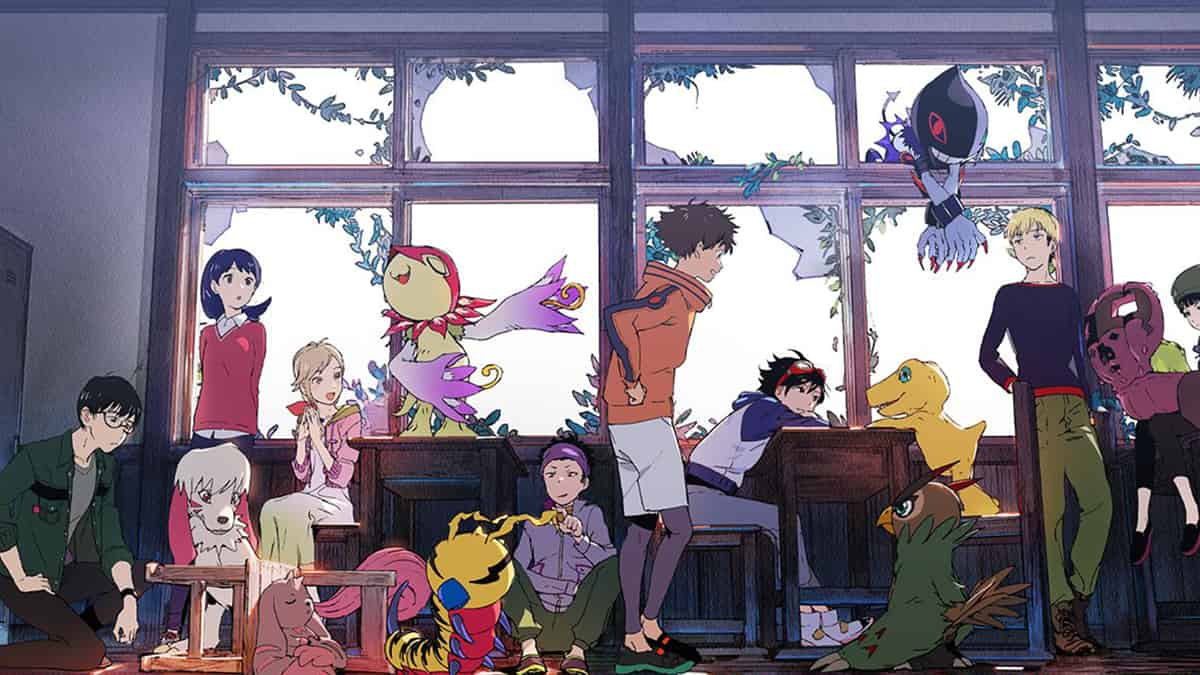
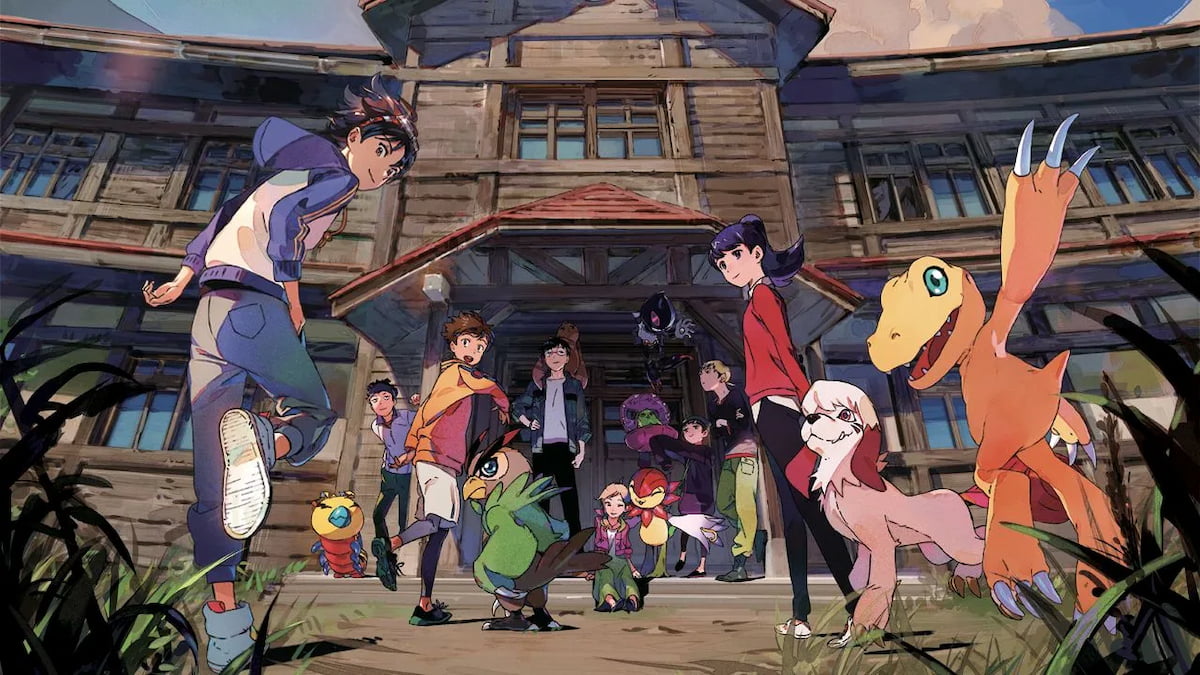
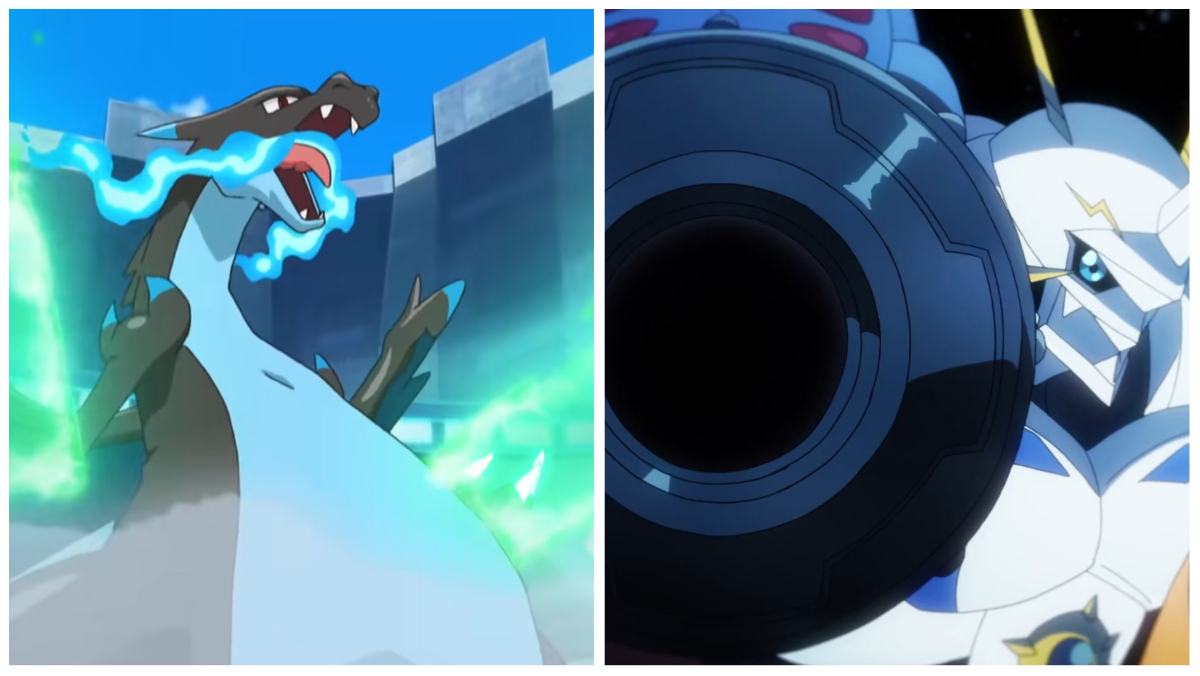
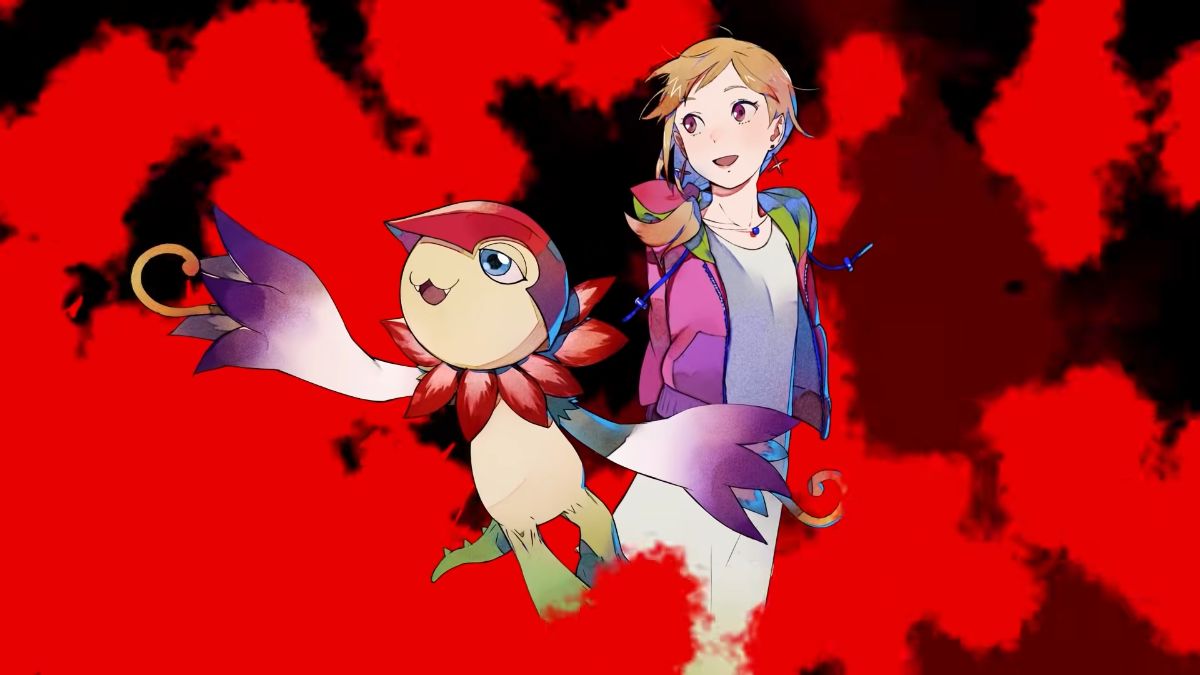
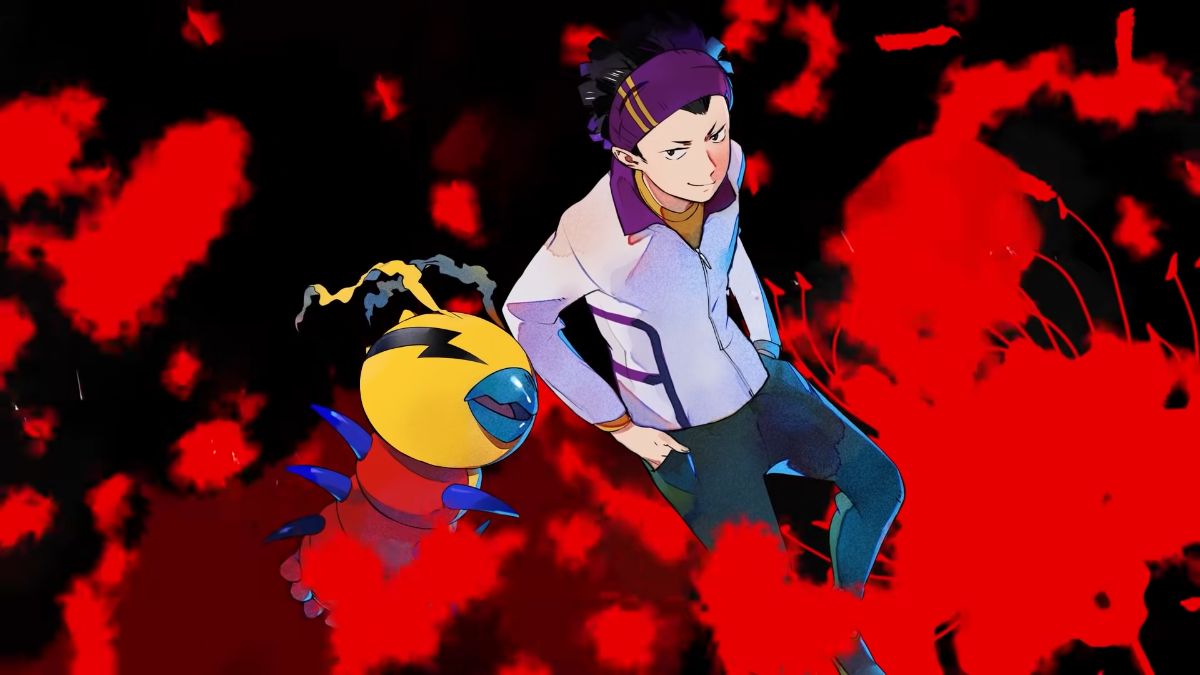
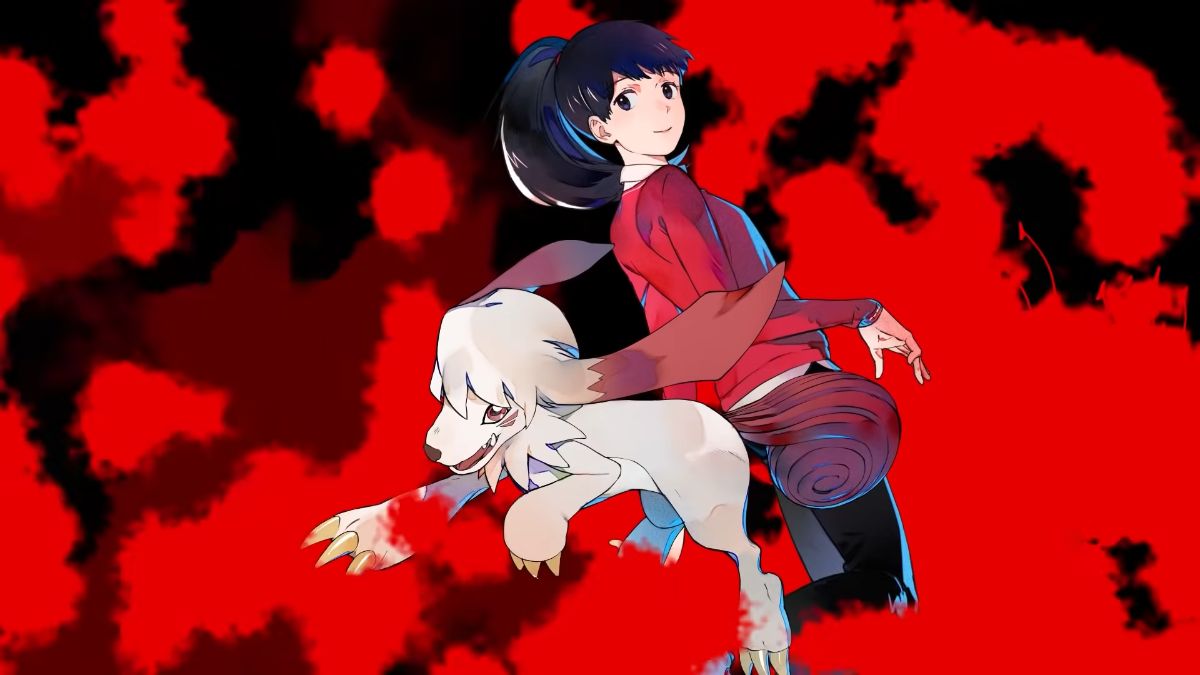
Published: Aug 8, 2022 09:00 am